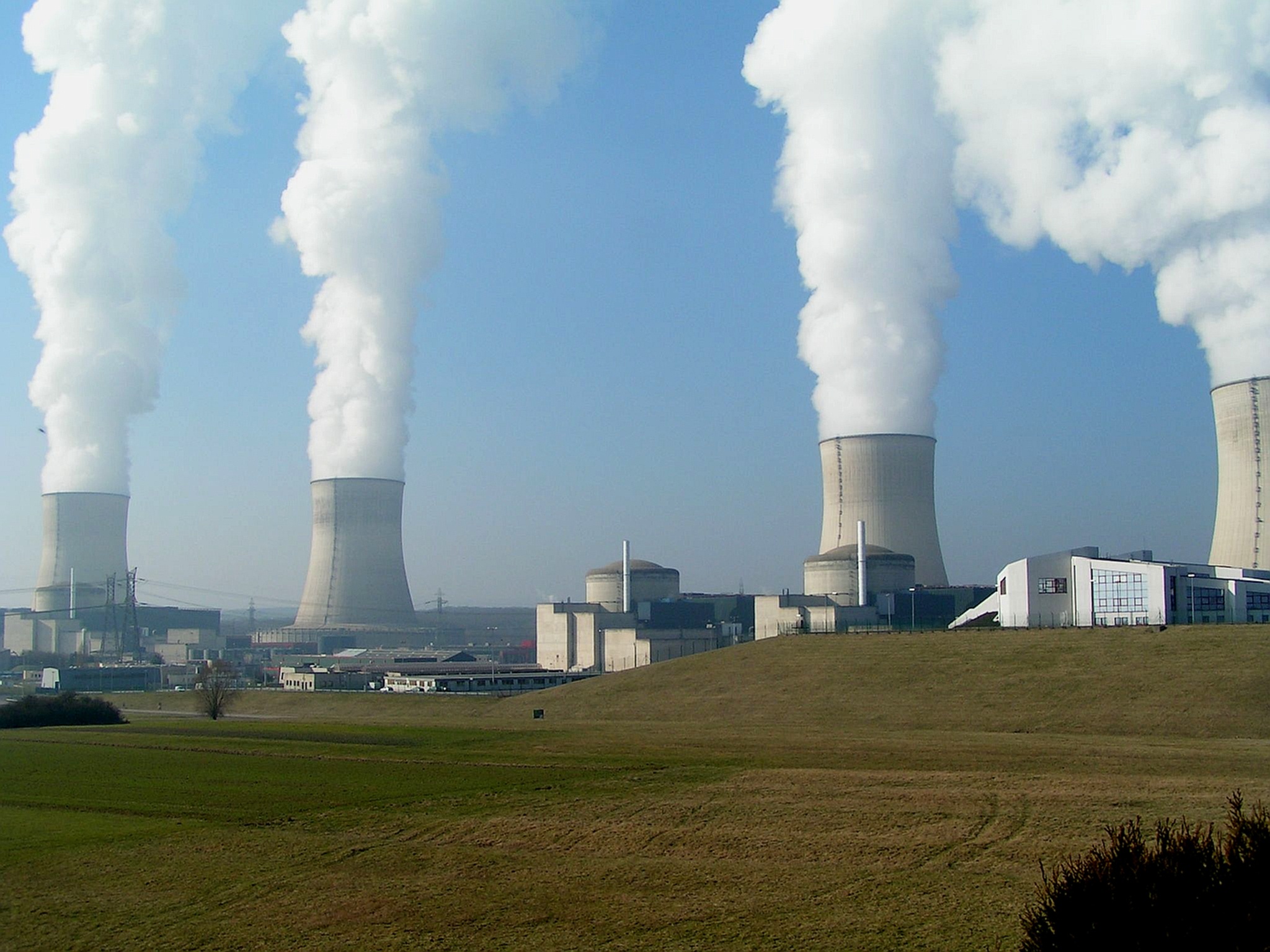Nuclear chemistry, a multifaceted discipline nestled at the intersection of physics and chemical reactions, offers a compelling narrative that elucidates the profound complexity and elegance of atomic processes. It is akin to a grand symphony where the musicians—subatomic particles—collaborate to produce a harmonious yet powerful performance that shapes our universe. This article delves deep into this captivating realm, exploring its principles, applications, and the metaphorical underpinnings that render it unique.
At the heart of nuclear chemistry lies the structure of the atom itself. The atom is often depicted as a miniature solar system, with electrons orbiting a dense nucleus composed of protons and neutrons. However, this model belies a plethora of nuanced interactions at play. Within the nucleus, particles are bound by the strong nuclear force, an attractive force that, despite its short range, overcomes the repulsive electromagnetic force between positively charged protons. This delicate balance is akin to a tightly controlled dance, where any misstep can lead to cataclysmic consequences.
One of the most captivating aspects of nuclear chemistry is radioactivity—the spontaneous decay of unstable atomic nuclei. This phenomenon can be likened to a ticking clock, each tick representing a decay event, as isotopes transition from one state to another, emitting energy in the form of ionizing radiation. The story of radioactivity is punctuated by a range of emissions: alpha particles, beta particles, and gamma rays, each with its distinct characteristics and implications. Alpha decay, with its heavy and positively charged particles, is akin to a slow-moving tank, while beta decay—characterized by its lightweight, energetic electrons—can be compared to a frantic athlete sprinting towards an unknown destination. Gamma radiation, on the other hand, is the ghostly shimmer that quietly pervades the atomic landscape, possessing no mass or charge but wielding immense penetrative power.
This exploration of decay processes leads us to the concept of half-life, a term that encapsulates the time required for half of a sample of a radioactive substance to undergo decay. It serves as a useful metaphor for transformation in life, where time incessantly chisels away at the old to make way for the new. The half-lives of various isotopes vary dramatically, ranging from fractions of a second to millennia. This variability introduces a profound layer to nuclear chemistry’s narrative, manifesting as both a tool for dating ancient artifacts through radiocarbon dating and a challenge in managing long-lived radioactive waste.
In the realm of applications, nuclear chemistry extends beyond mere academic exercises. The practical applications are myriad, often intertwining with critical issues of public health and energy production. In medicine, for instance, radioisotopes facilitate diagnostic imaging and therapeutic interventions. The usage of technetium-99m, a radioisotope that allows doctors to visualize bodily functions through single photon emission computed tomography (SPECT), illustrates the practical implications of nuclear chemistry. Such technologies stand as testaments to the power of understanding atomic behavior, validating the slogan that knowledge is, indeed, power.
Furthermore, nuclear chemistry plays an indispensable role in energy production. Nuclear fission, the process by which heavy nuclei such as uranium-235 or plutonium-239 split into smaller particles, releases a remarkable amount of energy, underlying the operational principles of nuclear reactors. This process can be poetically analogized to a microscopic chain reaction, where one event cascades into many, ultimately yielding vast amounts of power capable of energizing cities. However, this power comes with its own shadows, as the challenge of managing nuclear waste and mitigating the risks associated with potential reactor failures remains critical. The legacy of these events influences societal perceptions, entwining fascination with fear.
Moreover, nuclear fusion—the process that powers the stars—promises a future brimming with potential. Scientists are relentlessly pursuing practical fusion energy, envisioning a world where the abundant hydrogen isotopes, deuterium and tritium, combine under extreme temperatures to produce helium and release energy. This pursuit mirrors humanity’s age-old quest for innovation, marking the transition from fossil fuels to cleaner energy sources, ultimately aiming to reshape our interactions with the environment.
However, as we navigate the astoundingly intricate landscape of nuclear chemistry, ethical considerations invariably arise. The dual-use nature of nuclear technology poses a formidable conundrum, where scientific advancements in energy production can similarly serve as vehicles for destruction. The societal implications of nuclear weapons, derived from the very principles explored in nuclear chemistry, compel us to grapple with significant moral dilemmas. These poignant questions require the collaboration of chemists, physicists, policymakers, and ethicists alike; only through comprehensive dialogue can we seek to harness the knowledge responsibly.
In summation, nuclear chemistry represents a profound confluence of physics and chemical behavior, offering a wealth of insights into the nature of matter and energy. Through its exploration of radioactivity, decay, and transformative reactions, we unveil the profound truths of existence. This multifaceted discipline not only elucidates the secrets of the atomic world but also underscores our collective responsibility to wield that knowledge judiciously. As we stand on the precipice of future breakthroughs, the metaphorical threads connecting the tiniest particles to the grand tapestry of the universe continue to inspire and challenge us, serving as a reminder of the delicate balance we must maintain between knowledge and ethical stewardship.












